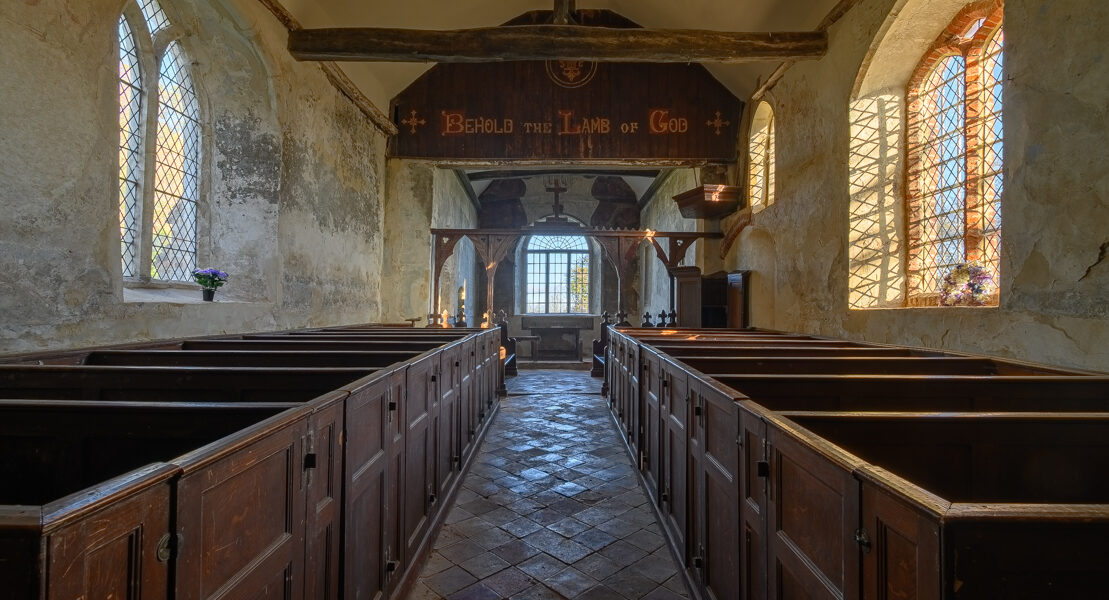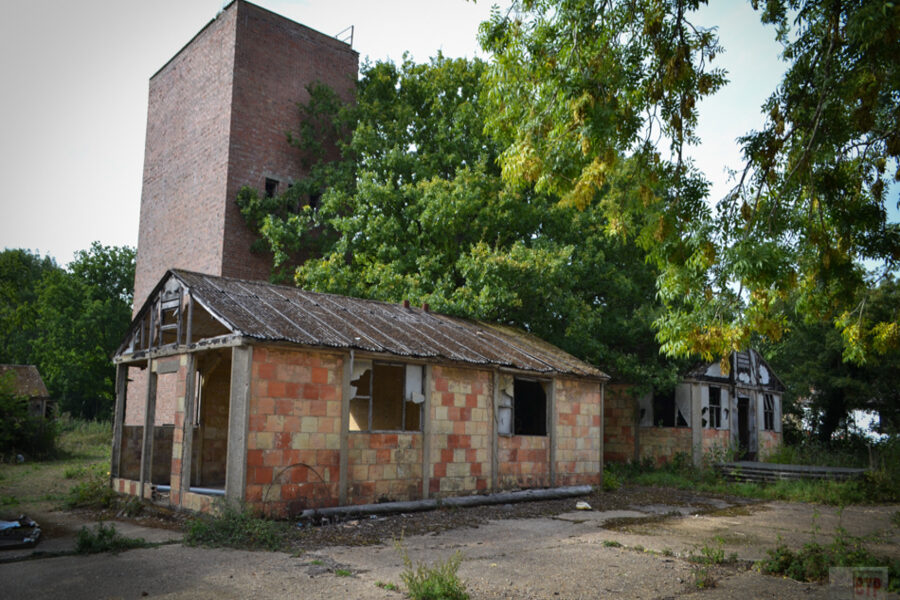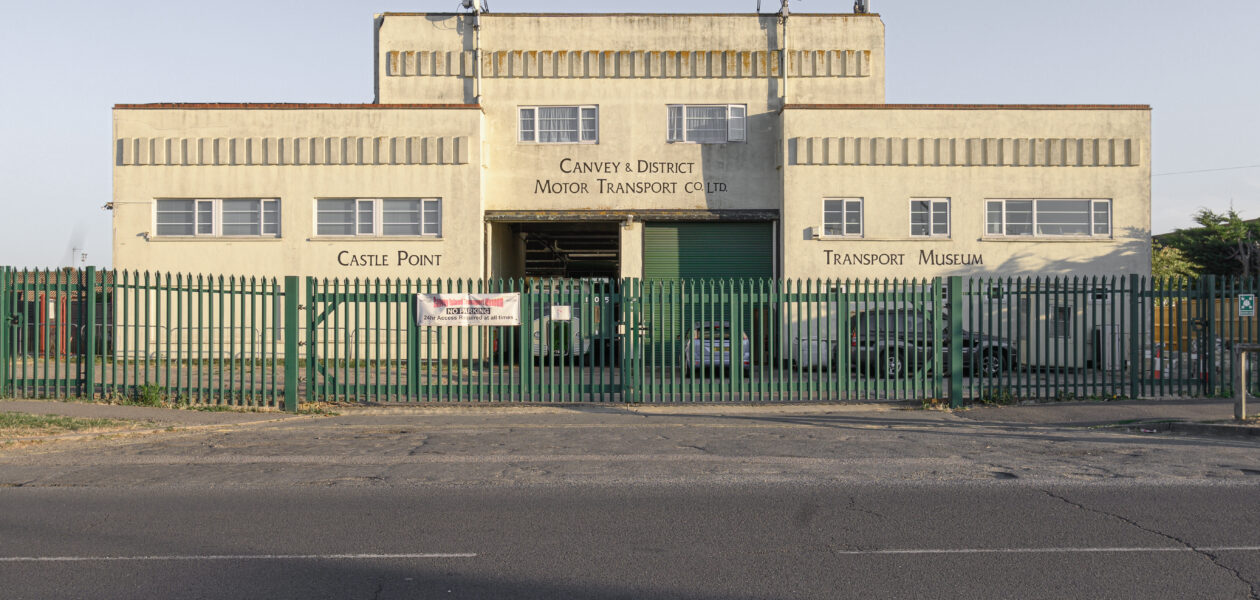St. Mary’s Church, Mundon
St. Mary’s Church in the tiny village of Mundon in Essex is a strikingly unusual and old-looking building. It’s timber-framed construction sets it apart as a building of bygone origin and design. It was built in the fourteenth-century within the moated site of Mundon Hall. Possibly built on the site of an Anglo-Saxon church, it…
View More









